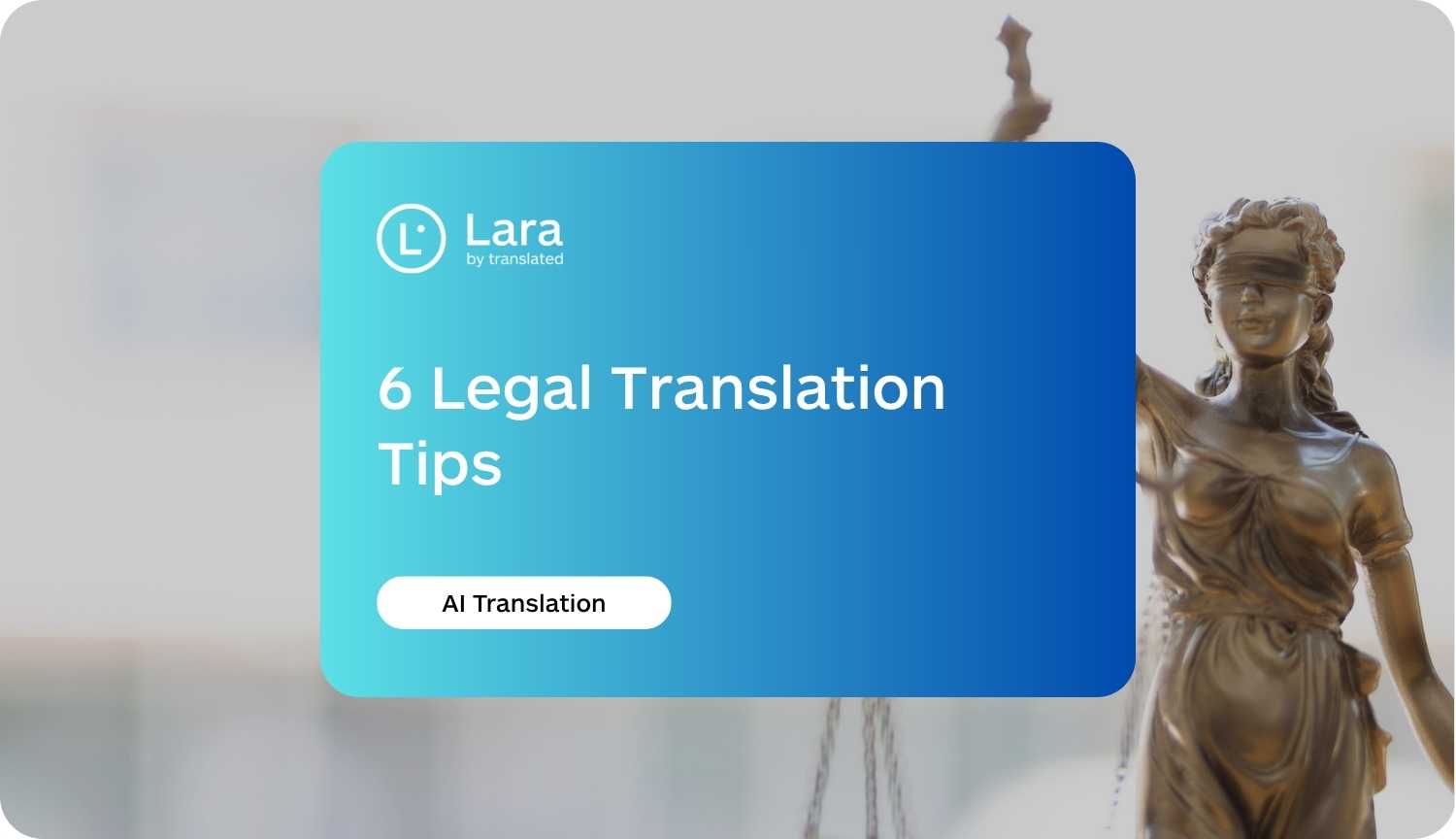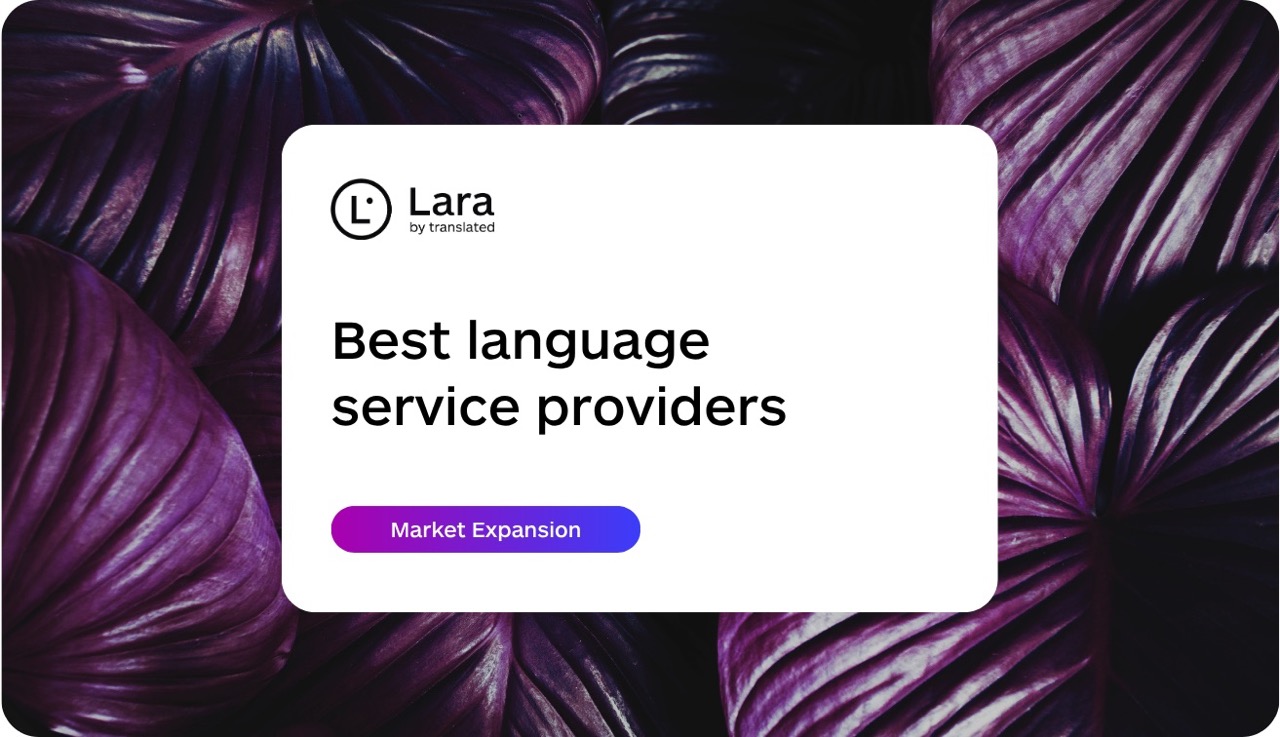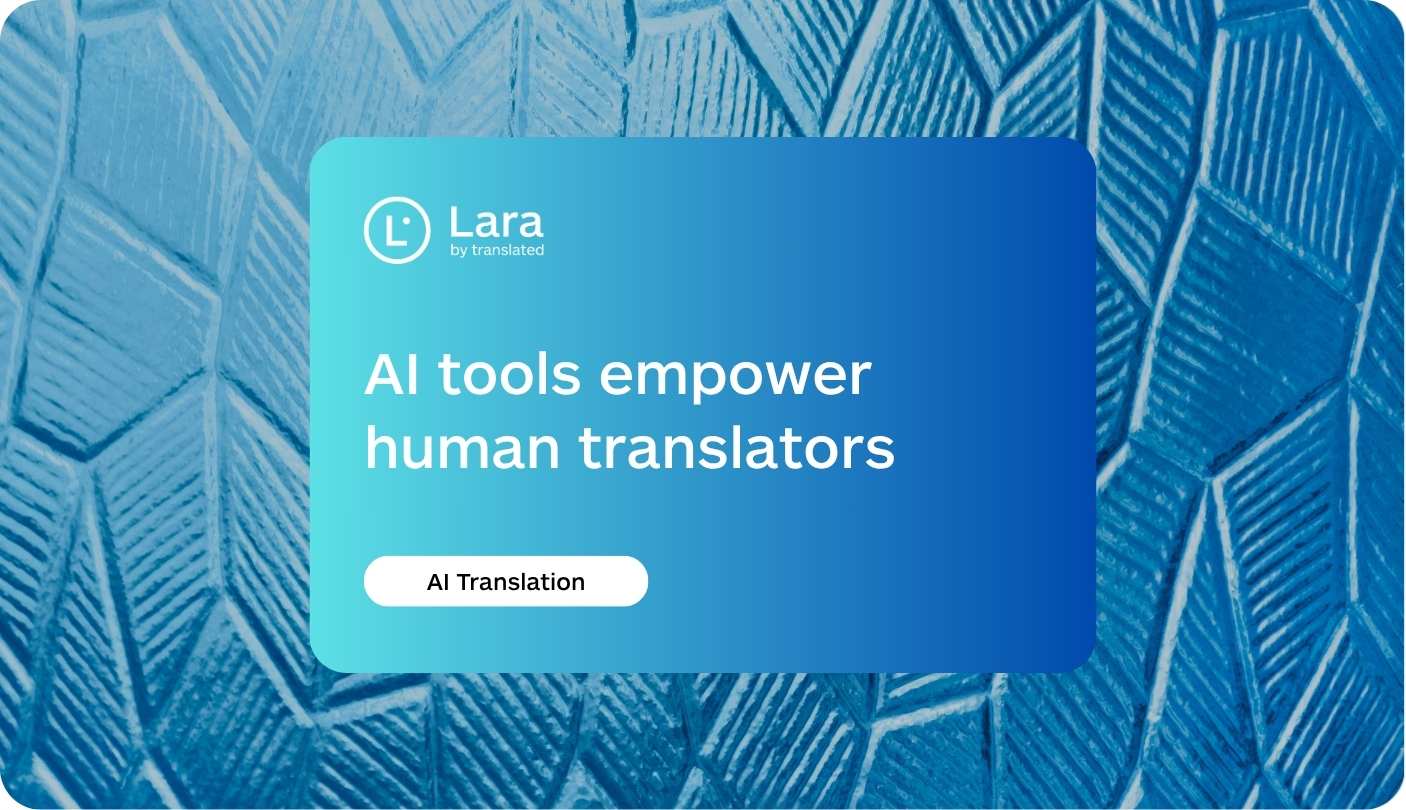In legal translation, there’s no room for “close enough.” One wrong word can change the meaning of a contract or worse, land you in legal trouble.
Legal documents carry real consequences. They define obligations, influence court rulings, and must meet strict compliance standards. That’s why Legal Documents Translation demands far more than just language skills; it requires legal insight and absolute precision.
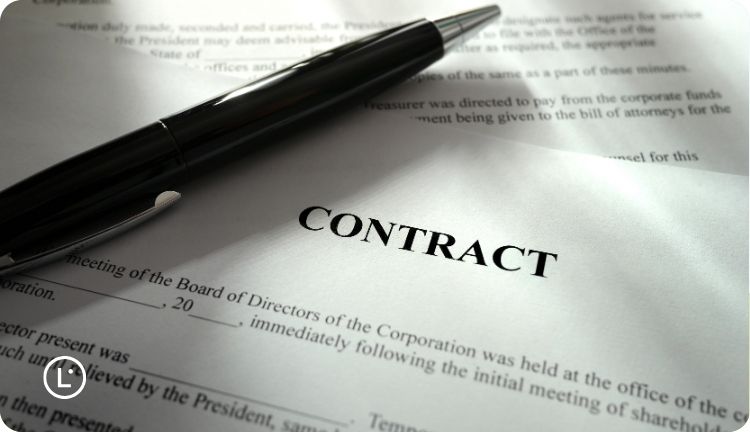
In this guide, we’ll walk through six key tips to help you get it right so your legal documents translations are not just accurate, but also legally sound across different jurisdictions.
Why legal translation requires specialized expertise
Legal systems vary significantly between countries and jurisdictions. Each legal system has its own terminology, concepts, and structures that often lack direct equivalents in other languages. For example, common law concepts like “equity” or “tort” don’t have exact counterparts in civil law systems. This inherent complexity makes Legal Documents Translation particularly challenging.
Legal translation operates differently from other specialized translation fields. Unlike technical translation where terminology tends to be standardized globally, legal terms often have no equivalent in other languages or carry different implications across jurisdictions.
Understanding documentary vs. instrumental translation
Before beginning any legal documents translation project, you must determine its purpose. This fundamental distinction shapes the entire translation approach:
Documentary translations serve to inform readers about the content of original documents without creating new legal instruments. Examples include birth certificates, divorce judgments, or stenographer’s notes. In these cases, preserving the original legal concepts—even if they require literal translation, untranslated terms with footnotes, or paraphrasing—takes precedence over finding local equivalents.
Instrumental translations, by contrast, create new legal instruments with binding effect in the target jurisdiction. These require establishing functional equivalency between legal systems and adapting concepts to ensure enforceability under local law. This distinction significantly impacts how translators approach terminology, structure, and legal documents adaptation.
Legal translation tips: six essential best practices
Tip 1: partner with qualified legal translation experts

Choosing the right legal translator is the cornerstone of quality legal translation. You’ll need professionals who bridge the gap between linguistic proficiency and legal knowledge. The ideal legal translator combines formal legal education or extensive practical experience with mastery of both source and target legal systems. More importantly, they understand that different areas of law have distinct vocabularies and requirements. A translator specializing in patent law might not effectively handle employment contracts, just as a criminal law expert may struggle with financial regulations.
Legal translators must possess:
- Deep understanding of both source and target legal systems, not just vocabulary
- Expertise in specific legal fields relevant to your documents
- Ability to function as jurilinguists—professionals whose editorial choices carry legal implications
- Knowledge that their work will be interpreted to establish binding standards
Tip 2: establish clear communication protocols

Successful legal documents translation begins with comprehensive communication between clients and translation providers. Essential areas to discuss include:
- Document components requiring translation (cover pages, notarized sections, appendices)
- Formatting requirements (bilingual format, certification needs, notarization)
- Reference materials (previous translations, corporate glossaries, style guides)
- Confidential legal translation protocols and security measures
- Review processes and timelines
Professional legal language services often provide sample translations for terminology and style approval before completing full projects, ensuring alignment with specific requirements.
Tip 3: master legal terminology translation
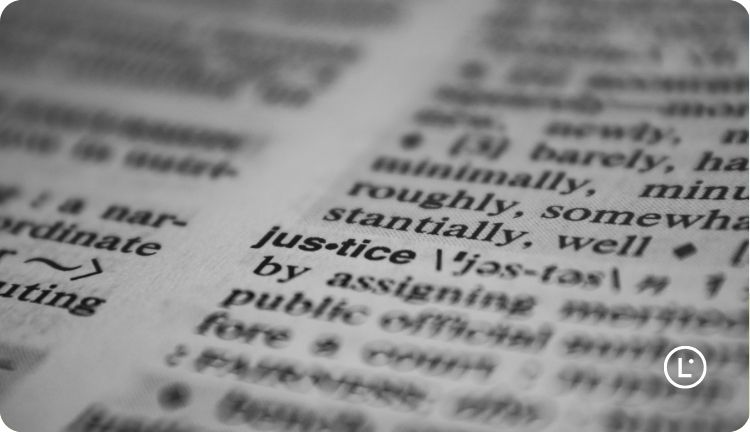
Legal terminology translation demands absolute precision. As the French saying goes, “Traduire c’est choisir” (Translating is choosing). In legal contexts, these choices are often determined by applicable laws rather than translator preference.
The process involves:
- Identifying the legal framework governing the original document
- Determining applicable laws for the translated document
- Consulting primary legislation for terminology rather than dictionaries alone
- Creating glossaries with source references and contextual notes
- Maintaining strict consistency: one concept equals one term
This approach requires extensive research—there are no shortcuts in legal terminology verification.
Tip 4: navigate cultural and systemic differences

How to translate legal texts across different legal systems requires understanding fundamental cultural differences. Key considerations include:
Understanding how legal writing conventions vary between cultures. English legal documents favor formal passive constructions, while Romance languages often prefer active voice. German legal texts employ complex sentence structures, and Asian languages approach legal obligations differently.
Recognizing that even ordinary words carry legal weight. The British Office of Plain Language and the Canadian Department of Justice recommend replacing “shall” with “must” for obligations and “must not” for prohibitions, illustrating how careful word choice affects legal interpretation.
Tip 5: implement comprehensive quality assurance

Legal documents translation demands multiple layers of verification beyond standard translation review. The four-eyes principle ensures that every document passes through at least two qualified legal translators, with one serving as reviewer. For critical documents, back-translation helps verify that meaning has been preserved. Partnering with local legal experts provides essential context for ensuring translations function correctly within the target jurisdiction. This process extends to maintaining document structure, ensuring legal numbering systems remain consistent, and verifying that translated terms carry equivalent legal weight. The process should include:
- Initial translation by qualified legal translators
- Sentence-by-sentence comparison by a second translator
- Review by lawyers familiar with the target jurisdiction
- Subject matter expert consultation for specialized fields
- Verification of terminology sources and consistency
- Grammar and readability checks specific to legal writing
This multi-layered approach ensures accuracy in legal document translation and helps catch nuances that could affect legal interpretation.
Tip 6: prioritize confidentiality and security
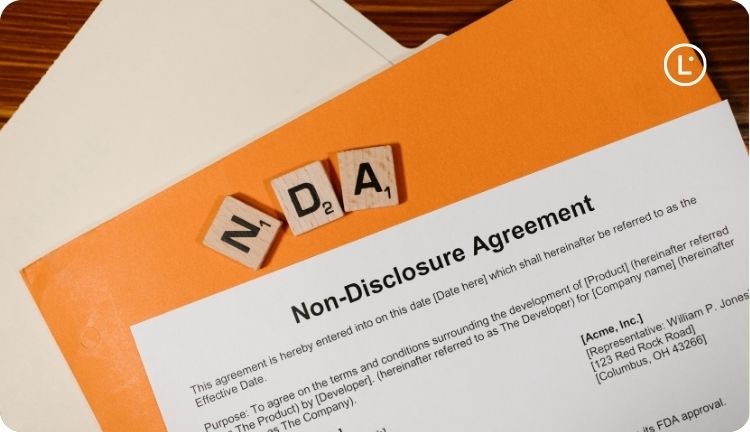
Legal documents frequently contain sensitive information requiring strict confidentiality protocols:
- Never use free machine translation tools for sensitive content
- Establish secure file transfer protocols with encryption
- Implement formal Non-Disclosure Agreements with all parties
- Use professional translation tools with secure environments
- Maintain access controls and password management
Professional legal translation compliance services maintain data security standards that protect confidential information throughout the translation process.
Quality legal translation: the key to global success
Best practices for legal translation ensure your documents maintain their legal validity across jurisdictions. By following these six essential tips, you can avoid costly errors and ensure your legal materials serve their intended purpose effectively. Remember that professional legal translation requires specialized expertise—it’s not a task for general translators.
For organizations operating globally – such as during major events like Jubilee 2025 – partnering legal language services provides the assurance needed for compliance and successful cross-border operations. Whether you’re translating contracts, court documents, or regulatory filings, these best practices form the foundation of effective international legal communication.
FAQs
Understanding common pitfalls in legal translation helps ensure successful outcomes:
- Essential best practices to ensure legal translation accuracy, consistency, and legal validity
- How to choose qualified legal translators and master legal terminology for precise document translation
- The importance of compliance with legal standards and maintaining strict confidentiality protocols
- Key challenges in translating legal texts across different legal systems and jurisdictions
How Lara translate facilitates expert legal translation
Lara Translate addresses the complexities of legal translation by combining professional-grade AI with features designed for precision, privacy, and workflow efficiency. Legal translators can specify the appropriate context and select a faithful style to ensure accurate, jurisdiction-sensitive results. Ambiguities are flagged for review, and support for 53 file formats—while preserving original layouts—makes handling legal documents seamless. With encrypted data handling and an incognito mode, confidentiality is always protected.
For projects requiring certified legal translation or expert human review, full legal translation services can also be requested through Translated, the global language solutions provider behind Lara Translate.
Common questions about legal translation
What factors affect legal translation costs?
Pricing depends on language pair, document complexity, certification requirements, and turnaround time. Certified legal translation typically costs 30-50% more than general translation due to specialized expertise and liability involved.
How can I ensure terminology consistency across multiple legal documents?
Maintain detailed glossaries with legal references and context notes. Use translation memory systems specifically designed for legal terminology translation to ensure consistent usage across projects.
What’s the difference between shall and must in legal documents?
Modern legal writing experts recommend “must” for obligations and “must not” for prohibitions, as “shall” can be ambiguous and has been subject to litigation over its meaning.
Can I use machine translation for legal documents?
Yes, but with caution. Machine translation—especially with advanced tools like Lara Translate—can support legal translation by providing fast, context-aware drafts and highlighting ambiguous terms. For a broader look at how human translators collaborate with AI, read how AI is reshaping the translation profession. However, due to the high stakes and precision required in legal documents, it’s essential that a qualified legal translator reviews and finalizes the translation. For critical or certified legal materials, full professional services are recommended and can be requested through Translated, the company behind Lara Translate.
What happens if there’s an error in a legal translation?
Translation errors in legal documents can lead to contract disputes, regulatory non-compliance, or legal action. This is why quality assurance and professional expertise are crucial.
How do I verify a translator’s legal expertise?
Look for a combination of legal education, extensive experience in specific legal fields, knowledge of relevant jurisdiction requirements, and professional certifications. Primary legislation should be their main reference source, not just dictionaries.
This article is about:
- Essential best practices to ensure legal translation accuracy, consistency, and legal validity
- How to choose qualified legal translators and master legal terminology for precise document translation
- The importance of compliance with legal standards and maintaining strict confidentiality protocols
